Stored data on severs in the People’s Republic of China, Los Angeles DA says
Contra Costa data “was not involved in the alleged incident” – Debi Cooper, County Clerk-Recorder-Registrar
Controversial Dominion voting equipment used by county does have removable media ports; test run on Friday
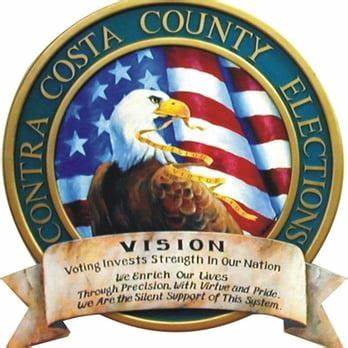 By Allen D. Payton
By Allen D. Payton
Los Angeles County District Attorney George Gascón announced on Tuesday, Oct. 4 that the CEO of Michigan-based Konnech Corporation which is responsible for the software used in managing Los Angeles County election poll workers, has been arrested as part of an investigation into the possible theft of personal identifying information of those workers. The Contra Costa County Elections Division also uses the same software. However, it’s been confirmed that Contra Costa’s data was not involved in the alleged incident.
Konnech distributes and sells its proprietary PollChief software, which is an election worker management system that was utilized by the county in the last California election. The software assists with poll worker assignments, communications and payroll. PollChief requires that workers submit personal identifying information, which is retained by the Konnech.
“I want to thank my prosecutors and investigators for their commitment to eliminating cyber intrusions against government entities and local businesses,” Gascón said. “Data breaches are an ongoing threat to our digital way of life. When we entrust a company to hold our confidential data, they must be willing and able to protect our personal identifying information from theft. Otherwise, we are all victims.”
The investigation was concerned solely with the personal identifying information of election workers. In this case, the alleged conduct had no impact on the tabulation of votes and did not alter election results. But security in all aspects of any election is essential so that we all have full faith in the integrity of the election process.”
Earlier that day, Konnech Corporation Chief Executive Officer Eugene Yu was taken into custody on suspicion of theft of personal identifying information by investigators from the District Attorney’s Office Bureau of Investigation with assistance from the Meridian Township Police Department in Michigan. In addition, hard drives and other digital evidence were seized by LADA investigators.
The L.A. County District Attorney’s Office is seeking Yu’s extradition to Los Angeles.
Under its $2.9 million, five-year contract with L.A. County, Konnech was supposed to securely maintain the data and that only United States citizens and permanent residents have access to it. District Attorney investigators found that in contradiction to the contract, information was stored on servers in the People’s Republic of China.
The East Lansing Police Department and Ingham County Sheriff’s Office in Michigan also assisted in the investigation.
“Konnech was required to keep the data in the United States and only provide access to citizens and permanent residents but instead stored it on servers in the People’s Republic of China,” the L.A.D.A.’s office said.
As a result of Yu’s arrest, Prince William County, Virginia stopped using the PollChief software, this week, according to a Potomac Local News report.
Contra Costa Clerk Says County’s Data Not Included
Several questions were emailed to Contra Costa County Clerk-Recorder-Registrar Debi Cooper, including “does your department use any Konnech software, including its proprietary PollChief, for the Elections Division? If so, do you know if any the personal data of any poll workers, any voters or anyone else in our county was part of the alleged theft and also stored on servers in China? If so, what if anything has the Elections Division done or are they doing about it?”
Cooper responded, “Contra Costa uses PollChief for our poll worker management and communication and asset management (supplies inventory). Our software and data are stored in a secure private cloud located in Lansing, Michigan. This system is used to schedule training and communicate with our volunteers and to track polling place supplies. It is critical to note that this system is not connected to our voter registration/ elections management system nor to our stand-alone vote tabulation system, which is not connected to any other network or the internet.”
“Our poll workers’ personal info, such as SSN or vaccination information, is managed by the Contra Costa County HR database, which is not connected to PollChief in any way,” she continued. “We have confirmed that our data was not involved in the alleged incident. Per our contract, our data and the system have remained in the secure cloud in Lansing, Michigan.”
“In addition, Contra Costa’s PollChief system does not require any personal identifiable information to apply as an Election Volunteer, therefore no volunteer personal identifiable information is captured or stored on Contra Costa’s PollChief site,” Cooper shared. “We continue to be in regular contact with the vendor as they work through this issue. We have reviewed our contract terms and confirmed with the company that the terms continue to be met and our data remains fully secure and without breach.”
Contra Costa’s Dominion Voting Equipment Removable Media Ports Under Lock and Key
As previously reported the county has been using the controversial Dominion voting equipment since 2018.
Regarding election security in Contra Costa County, Cooper was asked, “does the Dominion voting equipment used by the Elections Division have ports in which a mobile hard drive can be inserted and/or removed? If so, who in the office handles that and why would it be done?”
She responded, “Any open ports on our equipment at in-person voting locations (ICX accessible voting equipment, ballot printers, etc.) have locking covers or port blockers installed, which we retain the keys to.”
10/17/22 UPDATE: Friday Test Results in 100% Accuracy
On Friday, Oct. 14th, the Elections Division performed the county’s official logic and accuracy testing on central ballot counting and processing equipment. Logic and accuracy testing is a standard pre-election procedure. The test is designed to confirm that all central count equipment is in working order and functioning properly. A set of test ballots was run through each scanner to ensure they are properly programmed and operating as expected.
Questions were sent to the Elections Division staff asking about the results of the test.
Helen Nolan of the County Elections Office responded, “Our logic and accuracy testing on Friday went very well. We scanned 22,000 ballot cards, which were a mix of pre-printed test ballots, hand marked test cards, ICX (Ballot Marking Device) ballots, RAVBM ballots, and MBP printed ballot cards. Our test decks were comprised of 167 different patterns for each ballot type (unique combination of contests, candidates, and rotations). These test ballots come to us with an expected set of results.
700 ballot cards were adjudicated in order to test each ‘out-stack’ condition (blank card, overvoted contest, indeterminate marks, and write-in positions) to ensure the scanners were accurately identifying those ballots with those pre-indicated conditions.
Our end results matched 100%, meaning after all test ballots were scanned and adjudicated, we found our test results matched the predetermined expected results with 100% accuracy.”












 By Allen D. Payton
By Allen D. Payton
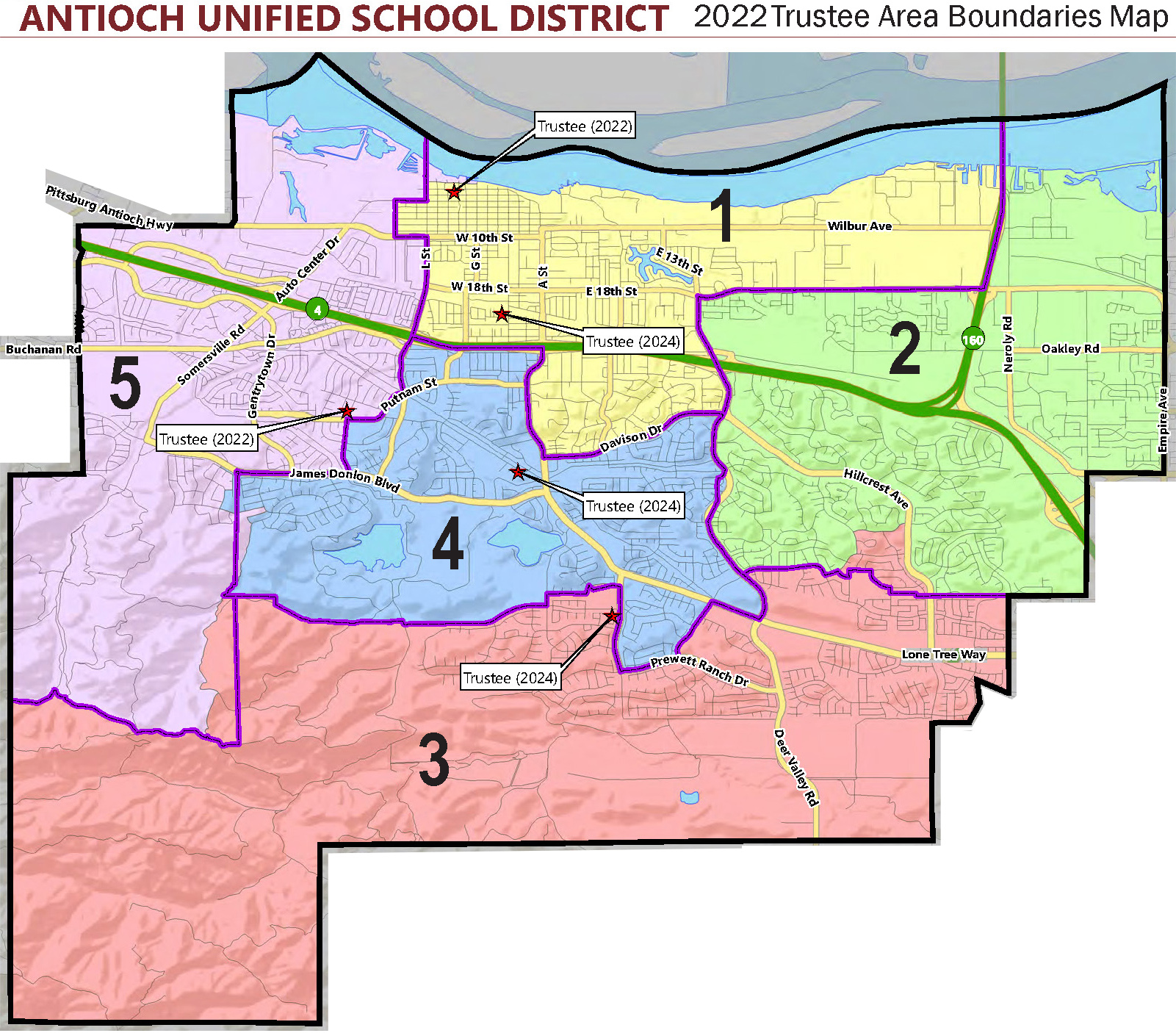
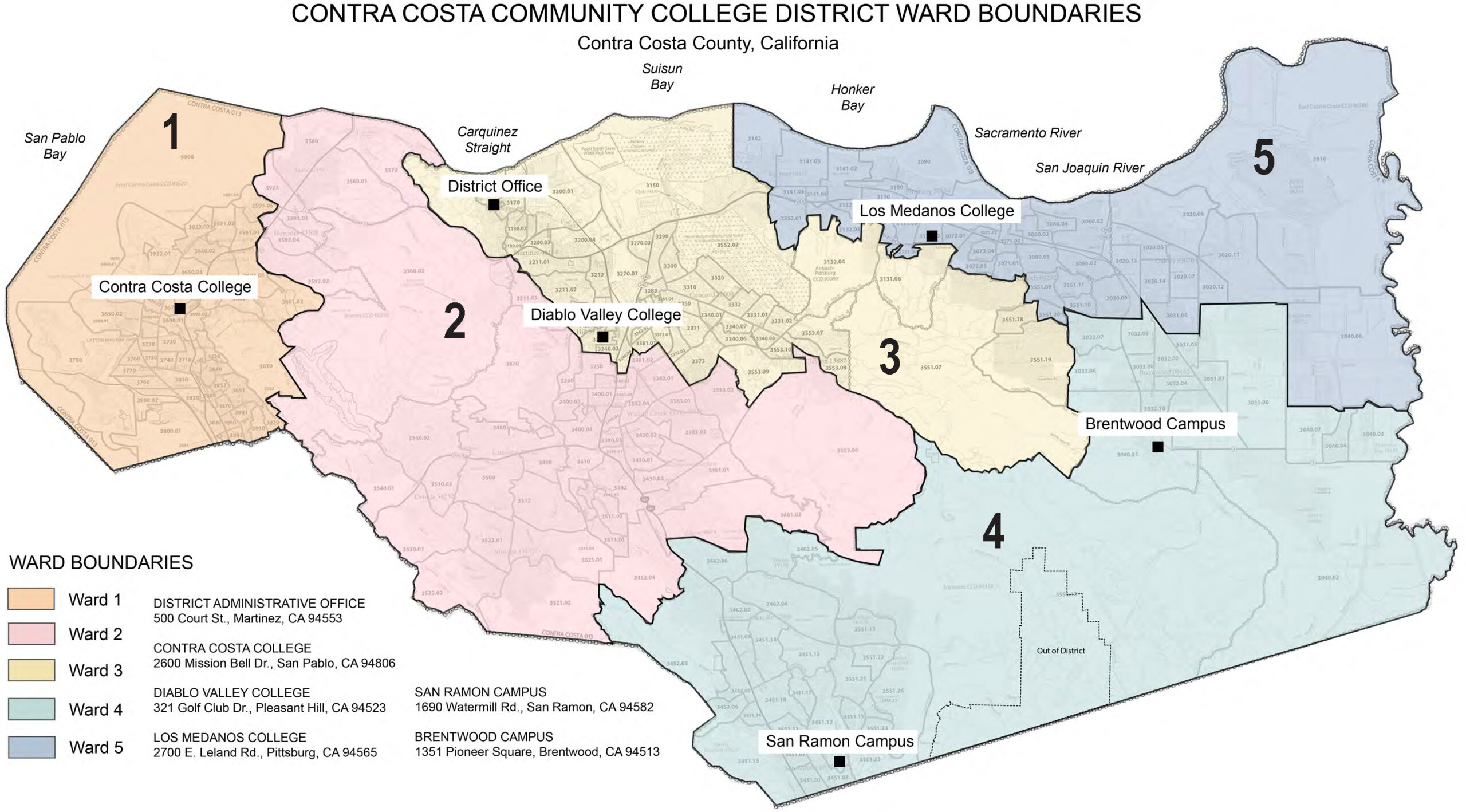
 By Allen D. Payton
By Allen D. Payton On Friday, Debi Cooper, County Clerk-Recorder-Registrar, announced that registered voters in Contra Costa County will soon receive their Official Ballots for the upcoming November 8, 2022, General Election. Ballots were at the post office on Monday, October 10th and should arrive in mailboxes beginning today, October 11th. If you do not receive your ballot by October 20th, call their office at 925-335-7800.
On Friday, Debi Cooper, County Clerk-Recorder-Registrar, announced that registered voters in Contra Costa County will soon receive their Official Ballots for the upcoming November 8, 2022, General Election. Ballots were at the post office on Monday, October 10th and should arrive in mailboxes beginning today, October 11th. If you do not receive your ballot by October 20th, call their office at 925-335-7800.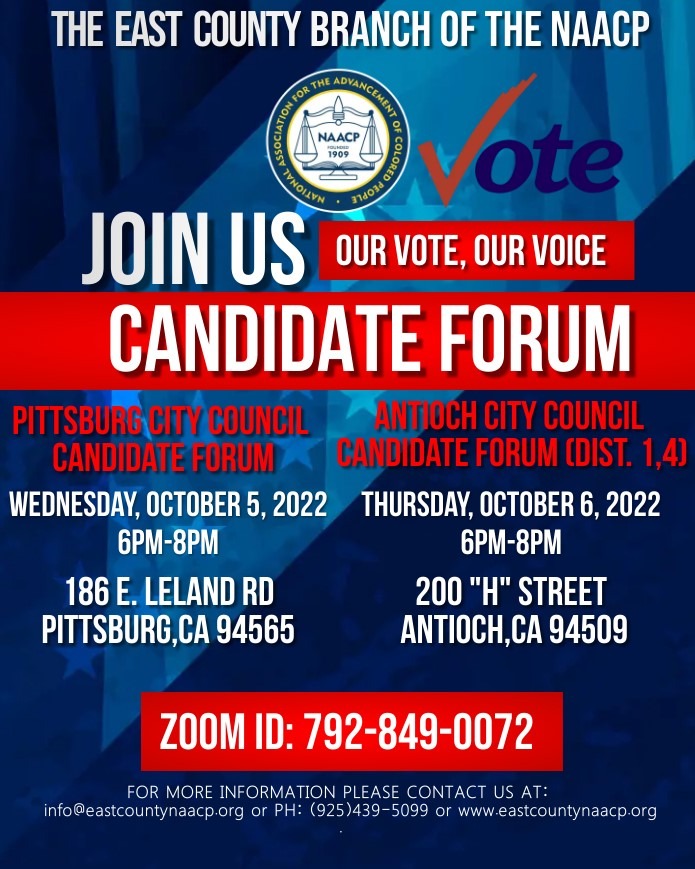
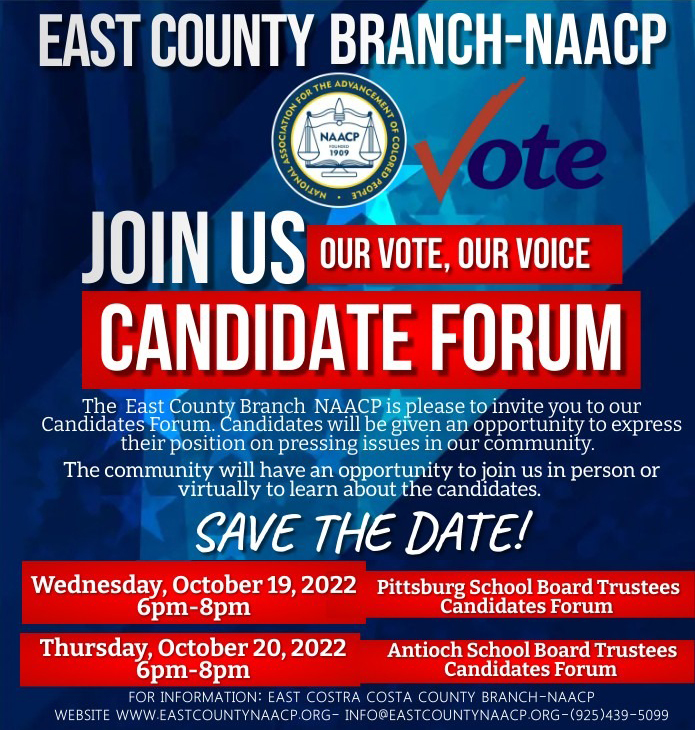
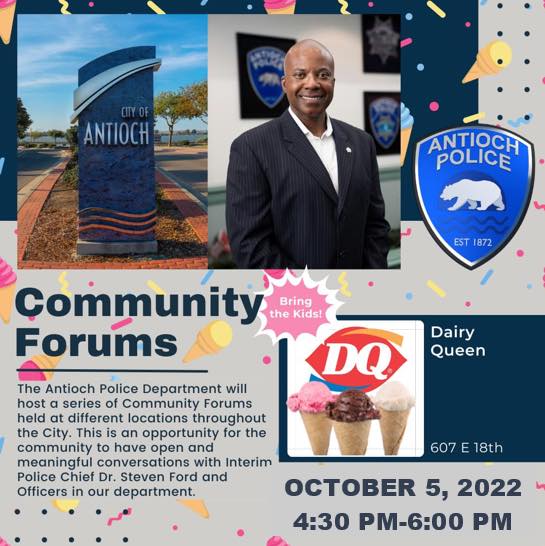
 Editor:
Editor:










